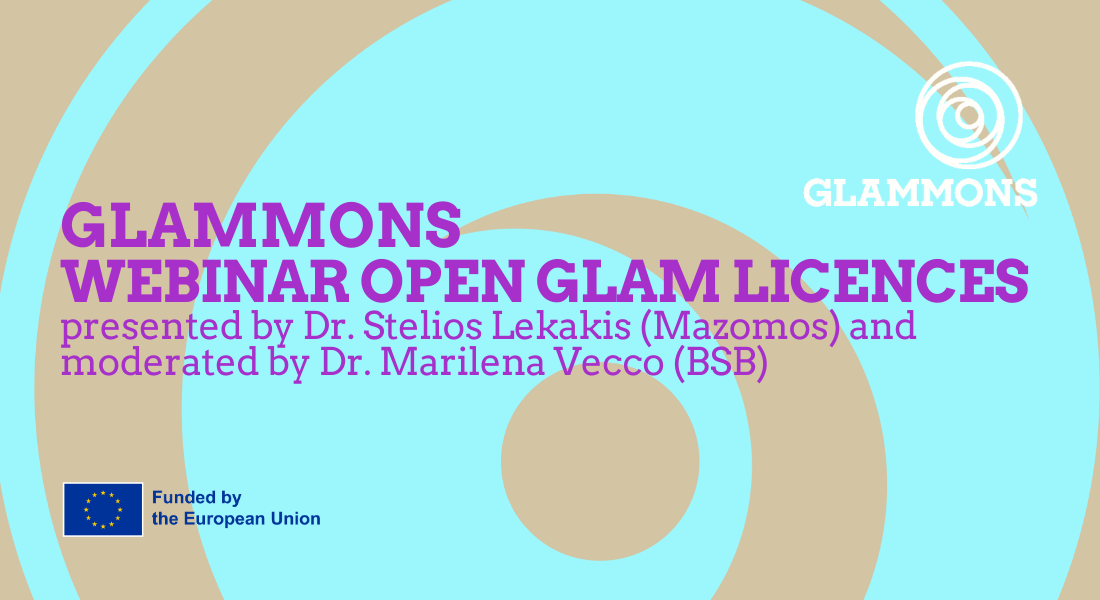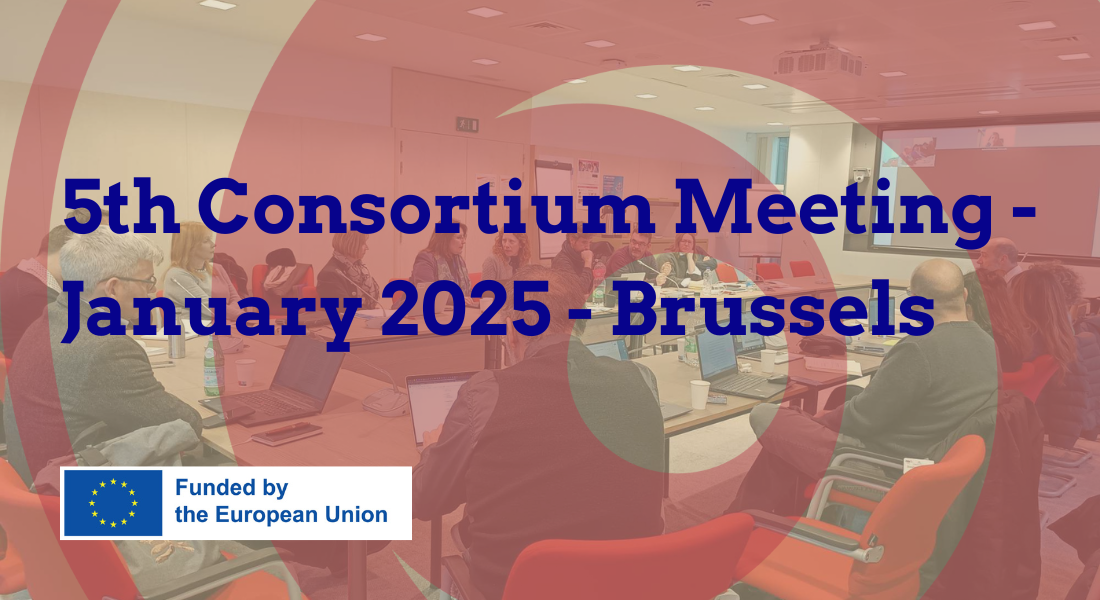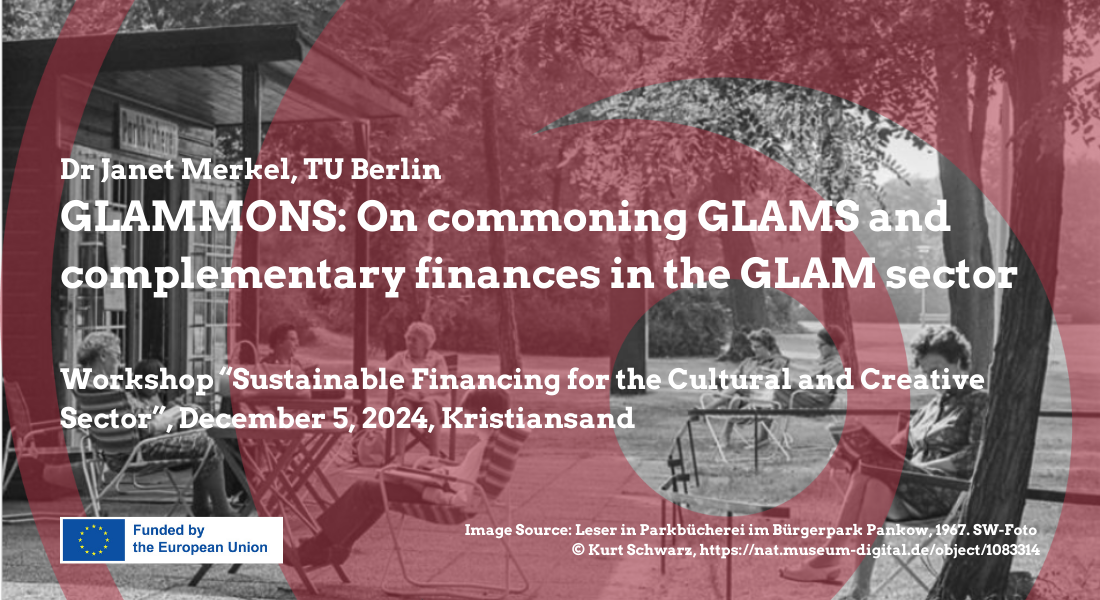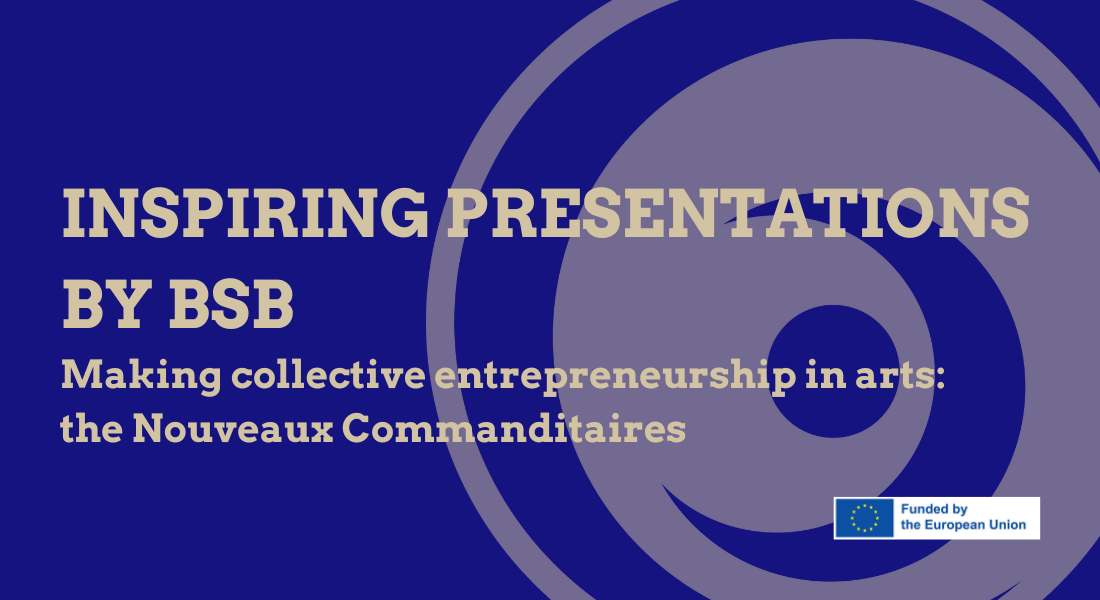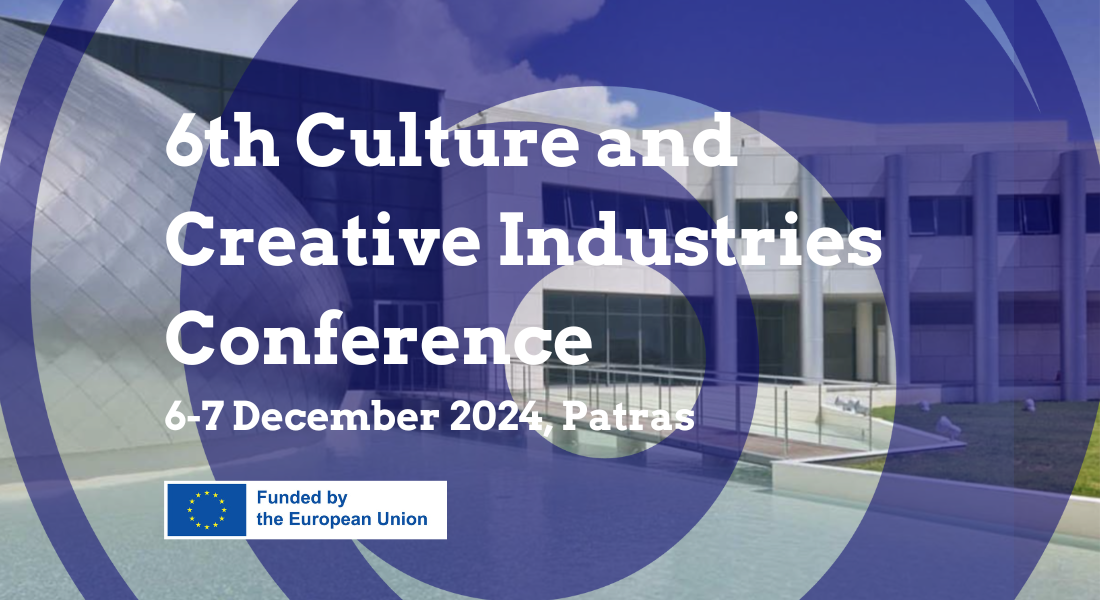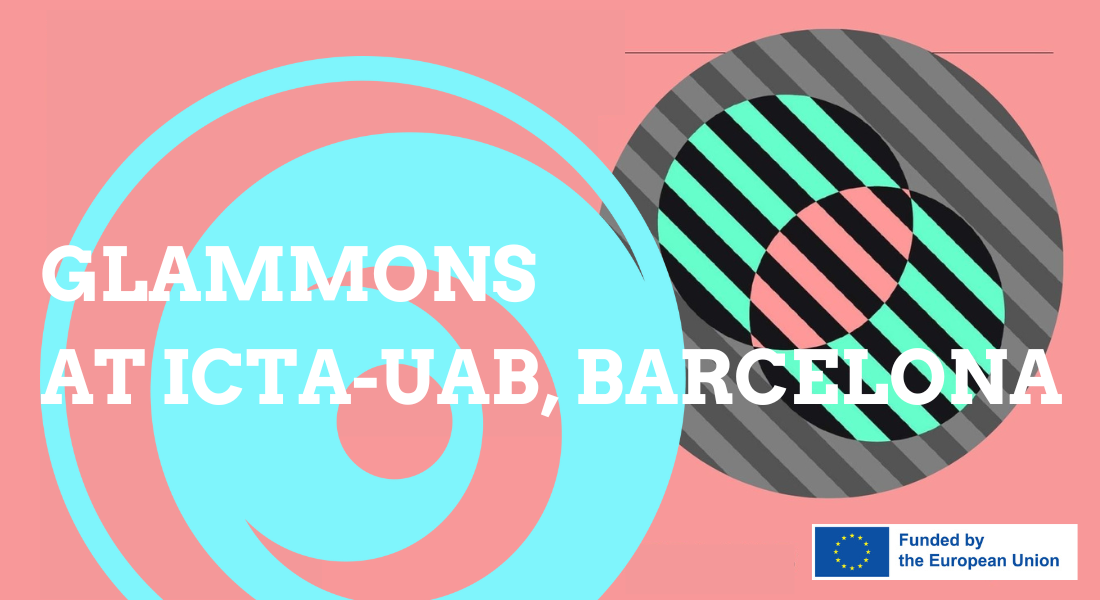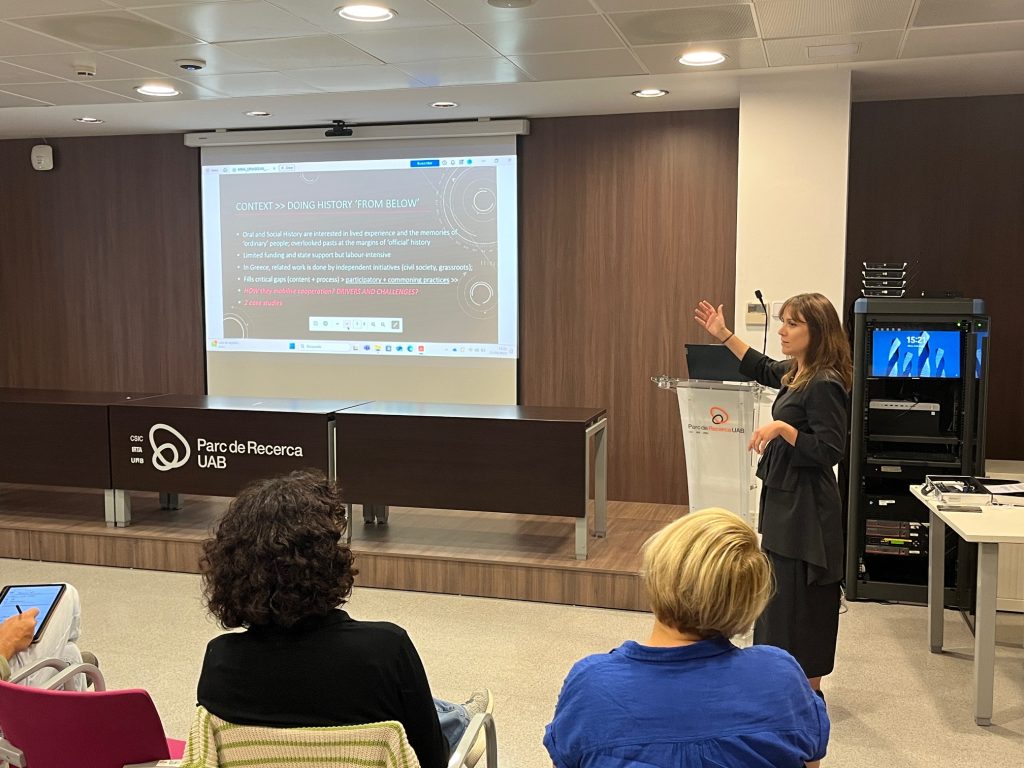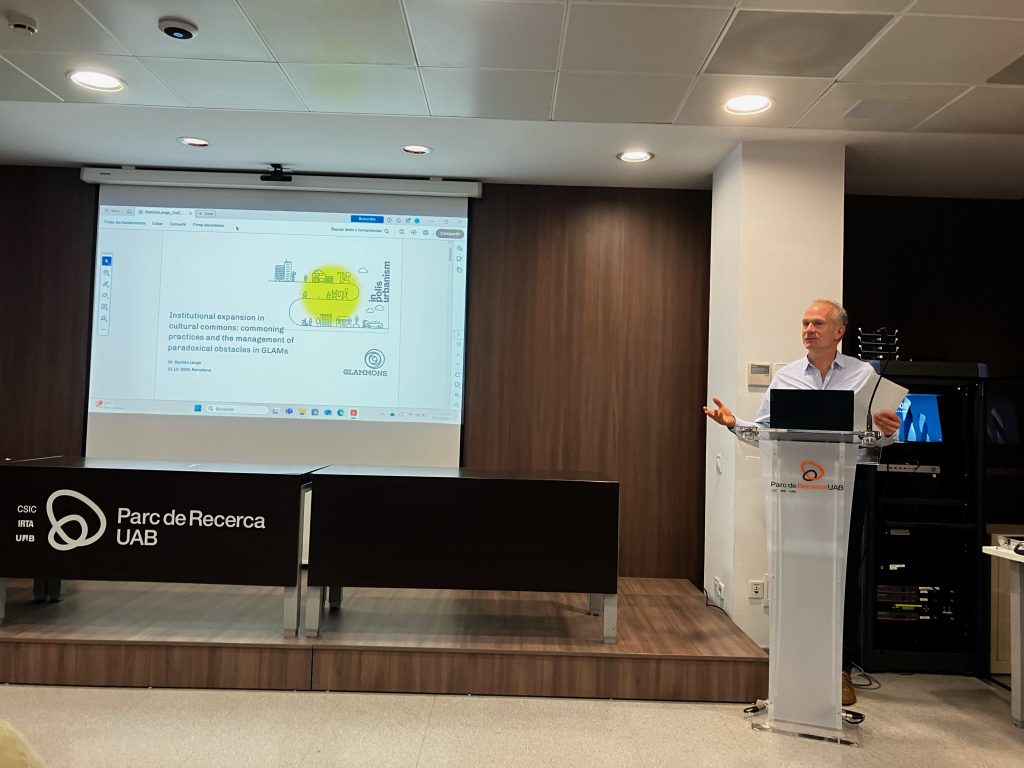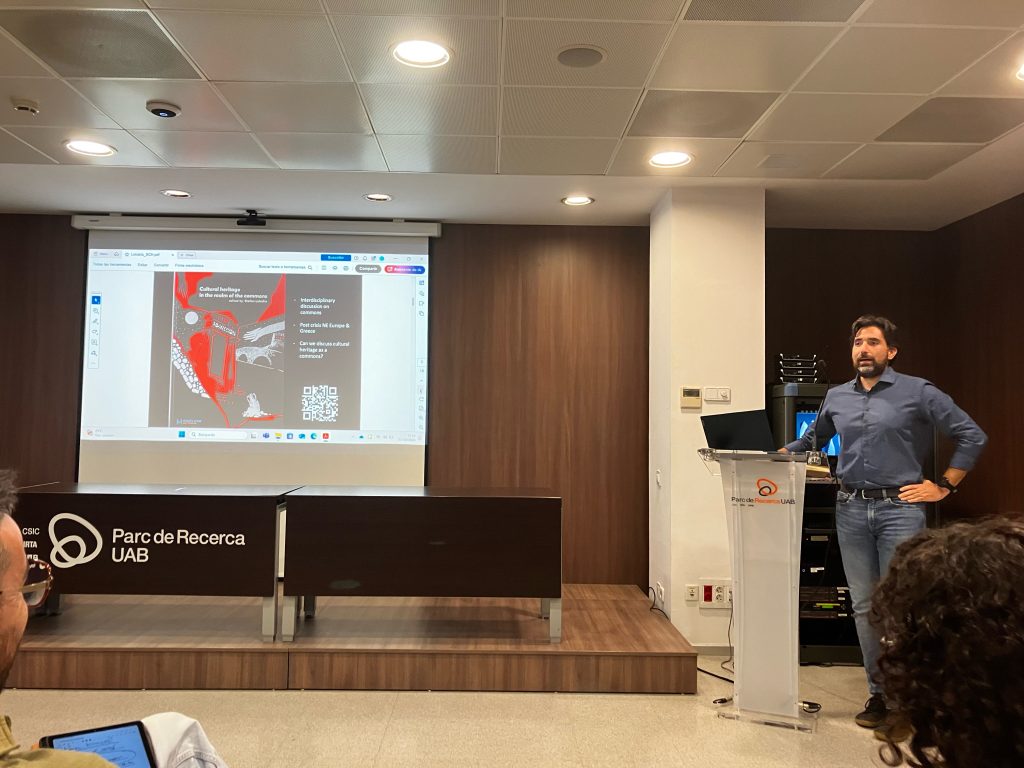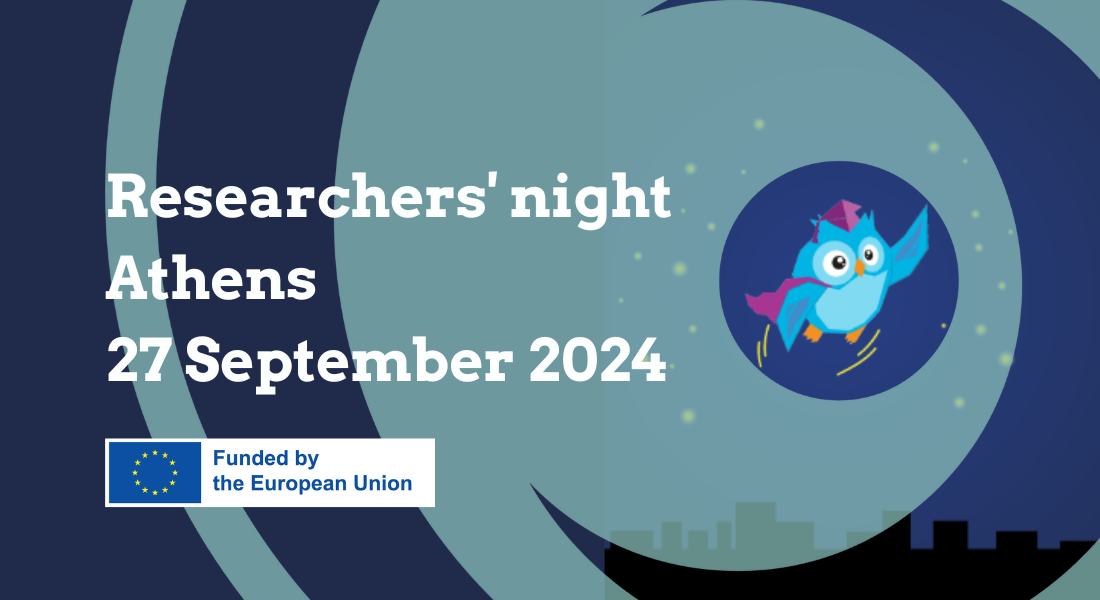The discussion about commons is expanding enormously. Ecological, social and cultural crises require new answers as to the social constitutions in which decisions are made about basic infrastructures such as housing, community, culture and food.
At the “Institute of Environmental Science and Technology (ICTA-UAB)”, Barcelona, Spain, on October 21 and 22, 2024, more than 70 international scholars, scientists, journalists and activists discussed questions and results on various processes of commoning and the commons during the workshop “Bridging Schools of Thought: New Frontiers in the Research on Commons and Commoning”.
The ICTA aims to improve the understanding of global environmental change, and the nature and causes of environmental problems.
In addition, it studies policies, strategies and technologies to foster a transition to a sustainable economy.
GLAMMONS project members engaged with several papers:
Mina Dragouni (Panteion University) talked about “Cultural heritage as a common: exploring oral and social history archives in Greece.” She explored the rules and challenges of horizontal governance, autonomy and openness of heritage-making in collective projects that engage with people’s history and memory. She presented data from two related cases in Greece: the Contemporary Social History Archives (Archeía Sychronis Koinonikís Istorías), a small non-profit organisation led by a community of young professionals, and the Oral History Groups (Omádes Proforikís Istorías), a citizens’ network of amateur historians, to discuss how these groups organise their archives as a commons.
Bastian Lange (Inpolis Urbanism GmbH) showed what happens when existing commons expand and how membership, volunteering, and belonging is achievable. In his paper “Institutional expansion in cultural commons: commoning practices and the management of paradoxical obstacles in GLAMs” he referred to the paradoxical moment when cultural commonly run institution expand and diversify its profiles and how they can keep track to their political emancipatory project where they are origine and stem from. Looking at the queer museum in Berlin, approaches commons as an analytical category to better understand organizational insights how commonly run cultural institutions can deal with paradoxical moments when there is thematic expansion on the one hand and efforts to be loyal to its common practices as a political project.
Stelios Lekakis (Mazomos) shed light on Heritage & Culture as commons. In his paper, he conceptualized cultural heritage and cultural creation as commons. He linked the debate on commons and commoning to discussions regarding the economic sustainability of public resources and the shifting of management responsibilities from the state to citizens. In his paper, he examined the latest trends in heritage management and cultural creation, discussing how these practices align with or diverge from the principles of the commons. By tracing an alternative ontological interpretation of culture through the theory of commons, he aimed to highlight the potential for more inclusive and sustainable cultural heritage management.
The workshop demonstrated great interest in ways of developing commons and commoning further beyond the academic debates.
